COMING SOON!
The Outlaw Urbanist
Professional Development and Training Courses
The Outlaw Urbanist will soon be launching an online series of professional development, training and continuing education courses about urbanism and the built environment for professionals, students, and other interested parties.
The courses are specifically tailored for architects, urban designers and planners requiring continuing education credits with the American Institute of Certified Planners (AICP), American Planning Association (APA), American Institute of Architects (AIA), and the Congress for New Urbanism (CNU-A). However, many courses will be accessible to anyone who is interested in the architecture, design, planning, real estate development, ecology, geography, sociology, and history of cities. The courses will be available for a small, competitive fee ($9.99 for one hour courses, $12.99 for courses for one-and-half-hour or longer) payable by debit/credit card through PayPal.
In keeping with the manifesto of The Outlaw Urbanist, our courses are firmly anchored in the ‘first principles’ of physical form and design. From this foundation, the courses will make the link to a variety of functional, social, and economic factors that are relevant for anyone interested in the built environment and urbanism. As such, students and those with specialist degrees and backgrounds in architecture, planning, and other fields may encounter unfamiliar – yet essential – principles and concepts about the art and science of buildings and settlements.
A sample of our initial course offerings include:
The Generic City and its Origins
This course covers the inherent, often unspoken constraints placed on the physical form and design of built environments by human nature and our basic needs for shelter, water, movement, food and specialized urban functions such as barter and defense in the founding and locating of cities (1.0 hour course).
The City’s Essential DNA and its Pattern
This course covers the most essential aspects of physical form at work in the design of all cities around the world from older, highly-localized urban grids in the Middle East/Africa to deformed grids in Europe to regular grids in the United States/Americas. The purpose is to provide an understanding of the basic typologies and geometries that can be found underlying all settlements, to one degree or another (1.0 hour course).
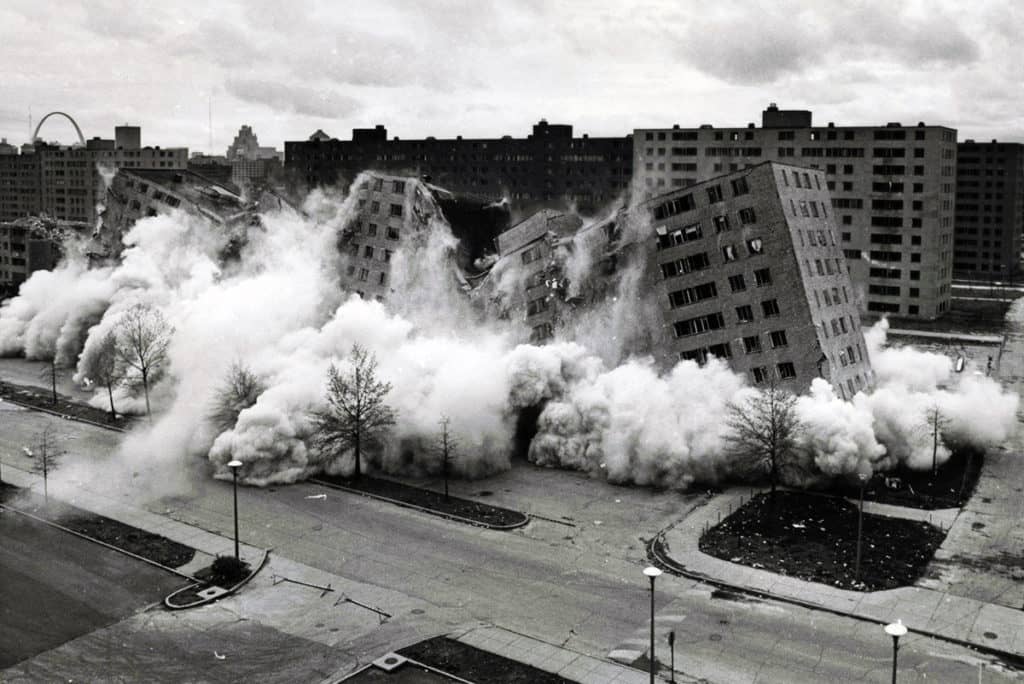
Unmasking Pruitt-Igoe: A Failure of Modernism
This course examines how (seemingly minor) design flaws in the architecture and planning of the Pruitt-Igoe Housing Project in St. Louis, Missouri established the preconditions – in combination with Federal, State, and local policy failures and institutional racism – for its rapid decline as a community. This eventually led to the demolition of Pruitt-Igoe only twenty years after it was heralded as a masterpiece of Modernist architecture and a planning model for urban housing in the 20th century (1.0 hour course).
The Hidden Corruptions of American Regular Grids: why space syntax doesn’t work in the United States when it looks like it should
This is a specialist course of those interested in space syntax (e.g. configurational modeling of urban networks based on lines of sights) and its lack of application in the United States. Undue emphasis on the economics of profit in American real estate development and planning in combination with the failure of space syntax to monetize its methodology creates a barrier for widespread implementation in the United States despite its track record of widespread success in many other parts of the world (1.5 hour course).
Watch a 30 second video preview below:
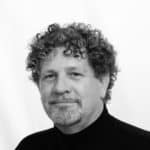 Each course includes a prerecorded slide presentation with narration by The Outlaw Urbanist himself, Dr. Mark David Major, AICP, CNU-A. A brief course synopsis and biography is also provided for self-reporting purposes to your professional organization, employer, and/or academic institution. Slide handouts PDFs can be downloaded for each course. For now, we are asking participants to take advantage of opportunities to self-report continuing education credits. As we develop courses and the functionality of our online learning management system, we hope to eventually provide pre-approved credit opportunities for users, especially AICP planners. In the future, we also intend to supplement courses with written narratives of the presentation with additional opportunities for learning about the topic, e.g. bibliography, videos, exhibits, etc.
Each course includes a prerecorded slide presentation with narration by The Outlaw Urbanist himself, Dr. Mark David Major, AICP, CNU-A. A brief course synopsis and biography is also provided for self-reporting purposes to your professional organization, employer, and/or academic institution. Slide handouts PDFs can be downloaded for each course. For now, we are asking participants to take advantage of opportunities to self-report continuing education credits. As we develop courses and the functionality of our online learning management system, we hope to eventually provide pre-approved credit opportunities for users, especially AICP planners. In the future, we also intend to supplement courses with written narratives of the presentation with additional opportunities for learning about the topic, e.g. bibliography, videos, exhibits, etc.
We hope you decide to take advantage of The Outlaw Urbanist professional development, training, and continuing courses! If you have any questions or would like to suggest a topic to be covered in a future course, email courses@outlaw-urbanist-com.

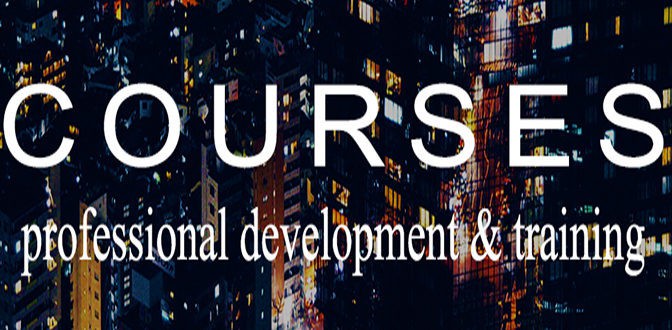

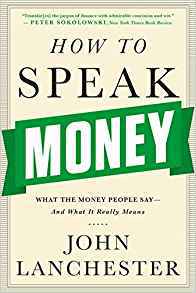
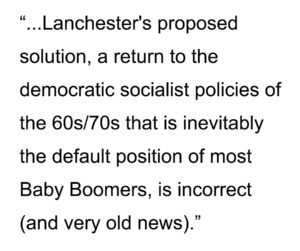 This means Lanchester’s proposed solution, a return to the democratic socialist policies of the 60s/70s that is inevitably the default position of most Baby Boomers, is incorrect (and very old news). As I recall, Reagan/Thatcher never supported the concept of near-monopolies as part of their broader economic strategy, which has, in fact, emerged in modern corporatism of the Western societies over the last 2-3 decades. This suggests that economic model we should be looking towards for a correction in the obvious abuses of the Neo-Liberal economic model (see bank fraud/credit crunch of the Great Recession) lies in the early 20th century ‘trust-busting’ model of Teddy Roosevelt. In this sense, the “Afterwood” serves its purpose by forcing anyone with a basic understanding of history and economics to draw to their own, more rational conclusions in order to reconcile the inherent contradictions of Lanchester’s argument. How to Speak Money: What the money people say… and what they really mean is worth the read but it should be read thoughtfully, not blindly. Grade: 3 1/2 stars
This means Lanchester’s proposed solution, a return to the democratic socialist policies of the 60s/70s that is inevitably the default position of most Baby Boomers, is incorrect (and very old news). As I recall, Reagan/Thatcher never supported the concept of near-monopolies as part of their broader economic strategy, which has, in fact, emerged in modern corporatism of the Western societies over the last 2-3 decades. This suggests that economic model we should be looking towards for a correction in the obvious abuses of the Neo-Liberal economic model (see bank fraud/credit crunch of the Great Recession) lies in the early 20th century ‘trust-busting’ model of Teddy Roosevelt. In this sense, the “Afterwood” serves its purpose by forcing anyone with a basic understanding of history and economics to draw to their own, more rational conclusions in order to reconcile the inherent contradictions of Lanchester’s argument. How to Speak Money: What the money people say… and what they really mean is worth the read but it should be read thoughtfully, not blindly. Grade: 3 1/2 stars

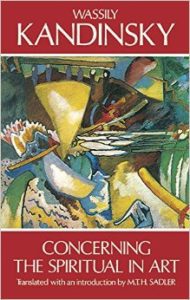
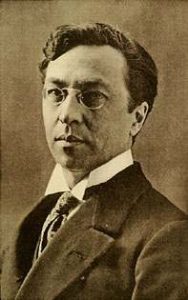 About Wassily Kandinsky
About Wassily Kandinsky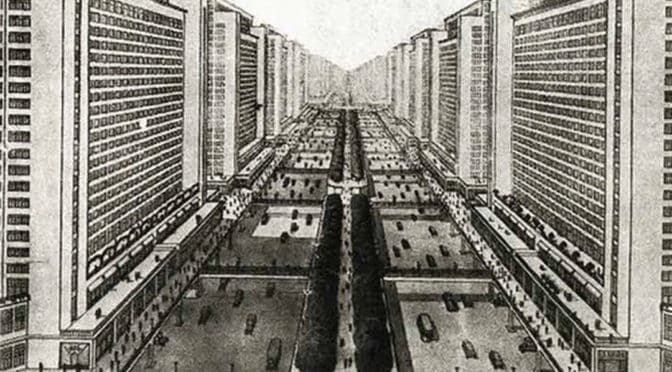

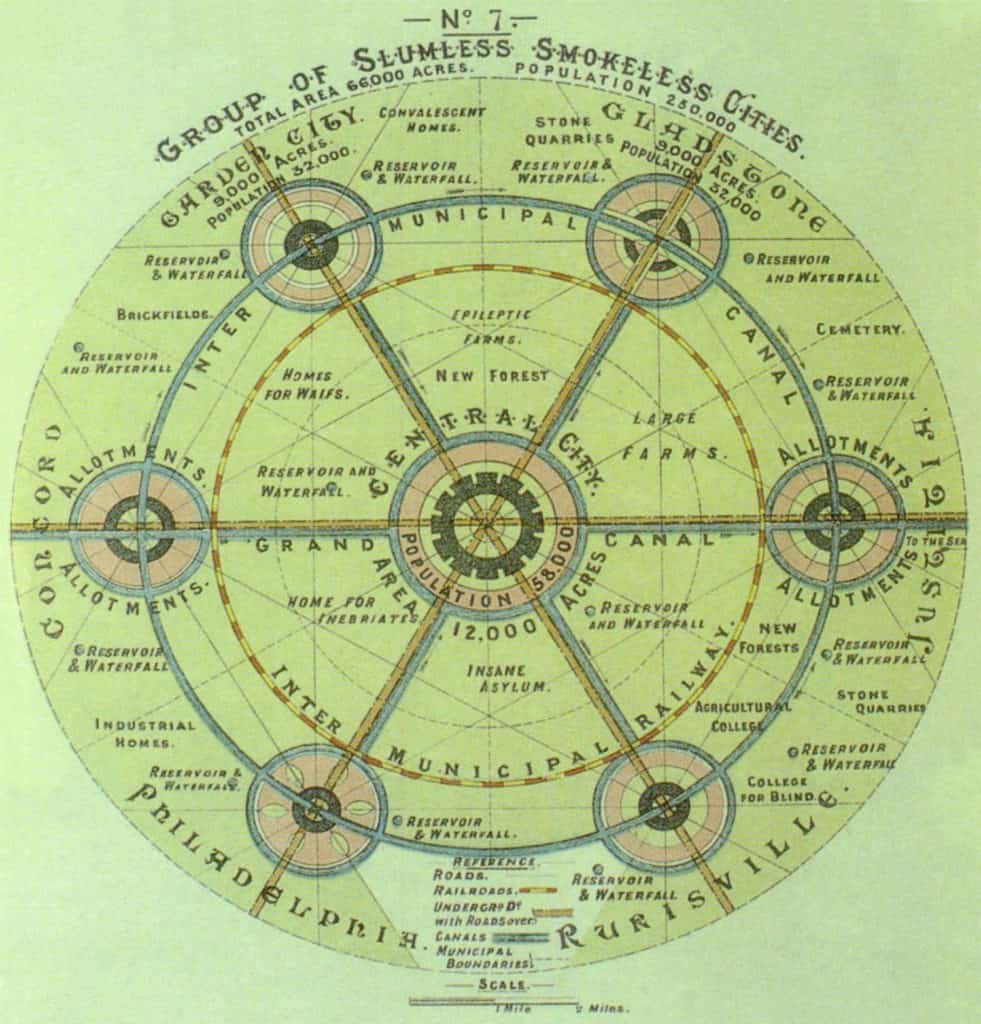
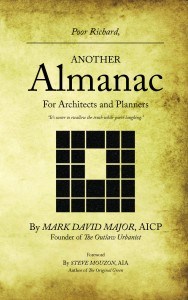
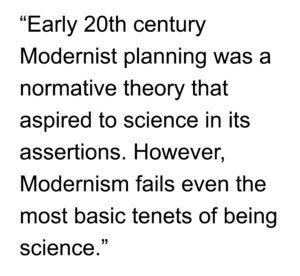 It was long on observation and way short on testing theoretical conjectures arising from those observations. Without scientific method to test its conjectures, Modernism in its infancy never made the crucial leap from normative to analytical theory. Instead, the subjective opinions of the CIAM architects and planners were embraced – sometimes blindly – by several generations of professionals in architecture and planning, and put into practice in hundreds of towns and cities. Today, for the most part, Modernism has finally been tested to destruction by our real world experience of its detrimental effects, though we continue to suffer from its remnants in the institutionalized dogma of planning education and the profession. Nonetheless, it has – at long last – made the transformation from normative to analytical theory and validated as a near-complete failure; at least in terms of town planning.
It was long on observation and way short on testing theoretical conjectures arising from those observations. Without scientific method to test its conjectures, Modernism in its infancy never made the crucial leap from normative to analytical theory. Instead, the subjective opinions of the CIAM architects and planners were embraced – sometimes blindly – by several generations of professionals in architecture and planning, and put into practice in hundreds of towns and cities. Today, for the most part, Modernism has finally been tested to destruction by our real world experience of its detrimental effects, though we continue to suffer from its remnants in the institutionalized dogma of planning education and the profession. Nonetheless, it has – at long last – made the transformation from normative to analytical theory and validated as a near-complete failure; at least in terms of town planning.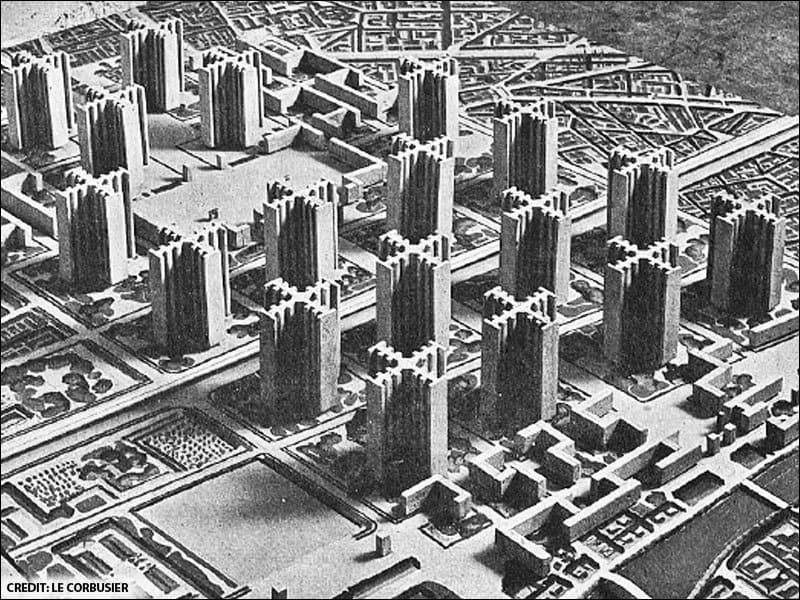
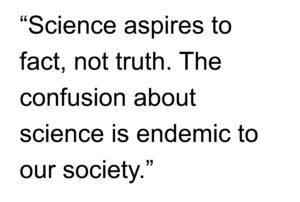 Right or wrong is the purview of politicians, philosophers and theologians. There are plenty – perhaps too many – planners and architects analogous to politicians, philosophers and theologians and not enough of the scientific variety. And too often, those that aspire to science remain mired in the trap of normative theory and institutionalized dogma. The Modernist hangover lingers in our approach to theory. But we require less subjective faith in our conjectures and more objective facts to test them. We persist with models that are colossal failures. When we are stuck in traffic, we feel like rats trapped in a maze. We apply normative theory to how we plan our transportation networks and fail to test the underlining conjecture. The robust power of GIS to store and organize vast amounts of information into graphical databases is touted as transforming the planning profession. But those that don’t understand science, mistake a tool of scientific method for theory. We project population years and decades into the future, yet fail to return to these projections to test and expose their (in)validity, refine the statistical method and increase the accuracy of future projections. And we hide the scientific failings of our profession behind the mantra, “it’s the standard.”
Right or wrong is the purview of politicians, philosophers and theologians. There are plenty – perhaps too many – planners and architects analogous to politicians, philosophers and theologians and not enough of the scientific variety. And too often, those that aspire to science remain mired in the trap of normative theory and institutionalized dogma. The Modernist hangover lingers in our approach to theory. But we require less subjective faith in our conjectures and more objective facts to test them. We persist with models that are colossal failures. When we are stuck in traffic, we feel like rats trapped in a maze. We apply normative theory to how we plan our transportation networks and fail to test the underlining conjecture. The robust power of GIS to store and organize vast amounts of information into graphical databases is touted as transforming the planning profession. But those that don’t understand science, mistake a tool of scientific method for theory. We project population years and decades into the future, yet fail to return to these projections to test and expose their (in)validity, refine the statistical method and increase the accuracy of future projections. And we hide the scientific failings of our profession behind the mantra, “it’s the standard.”